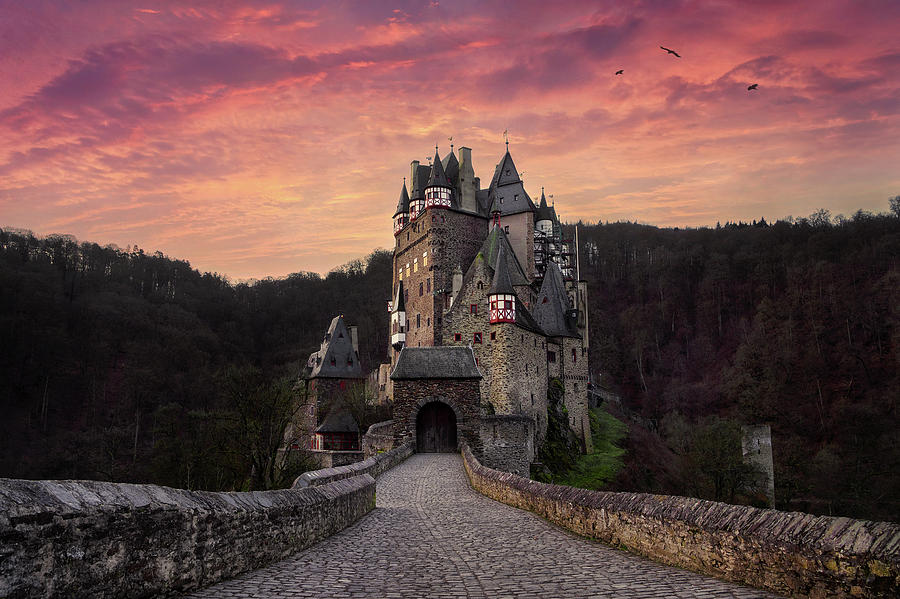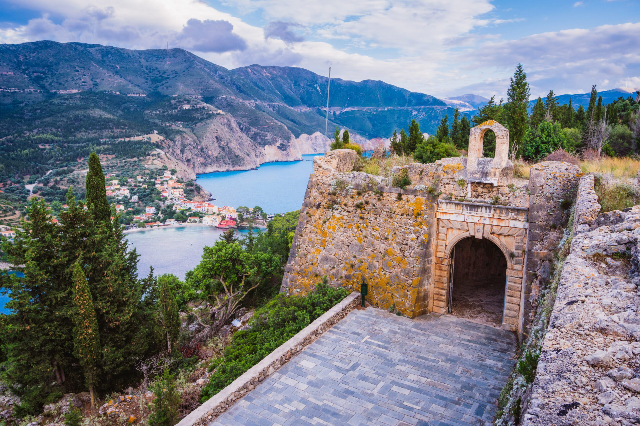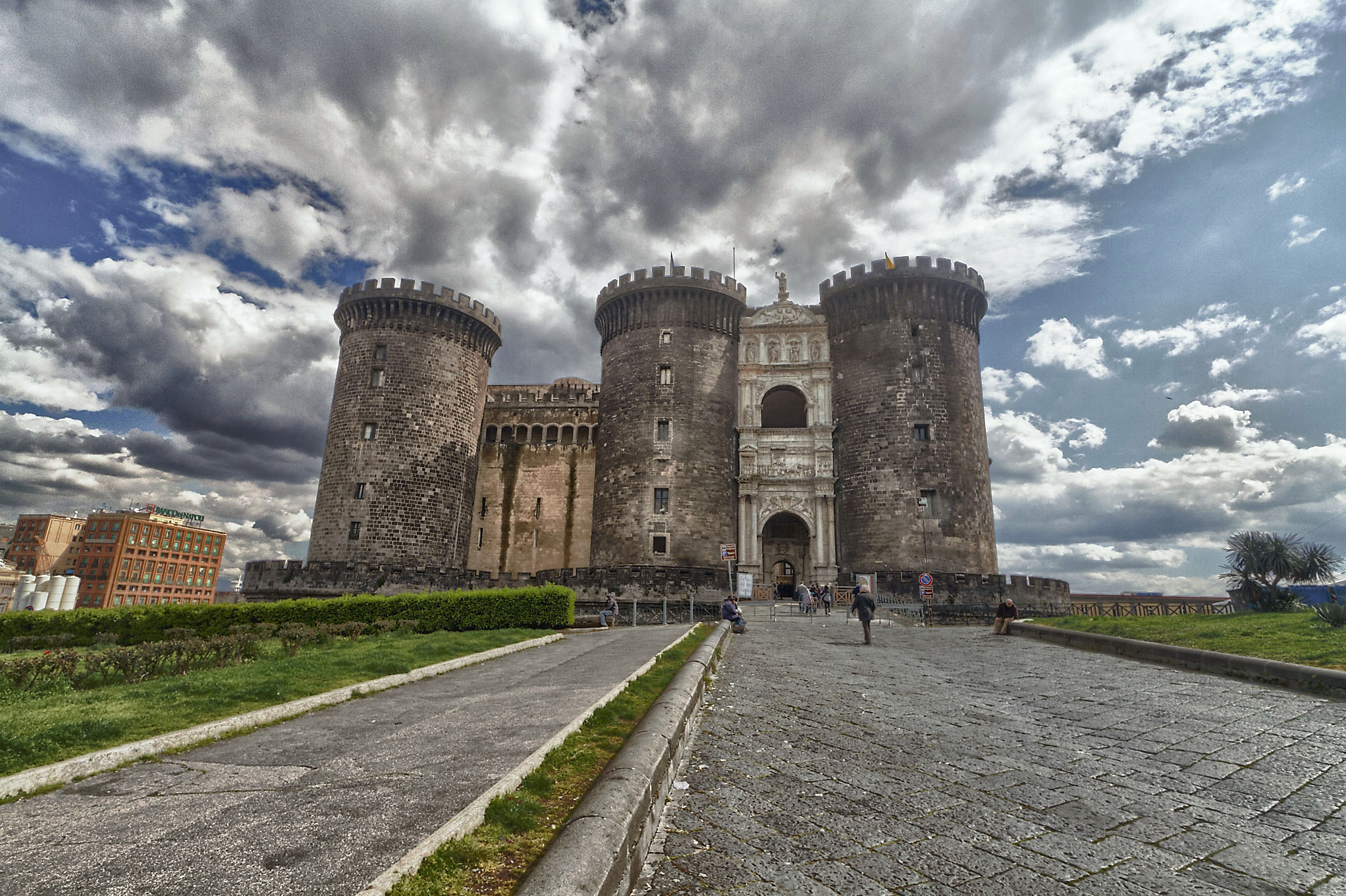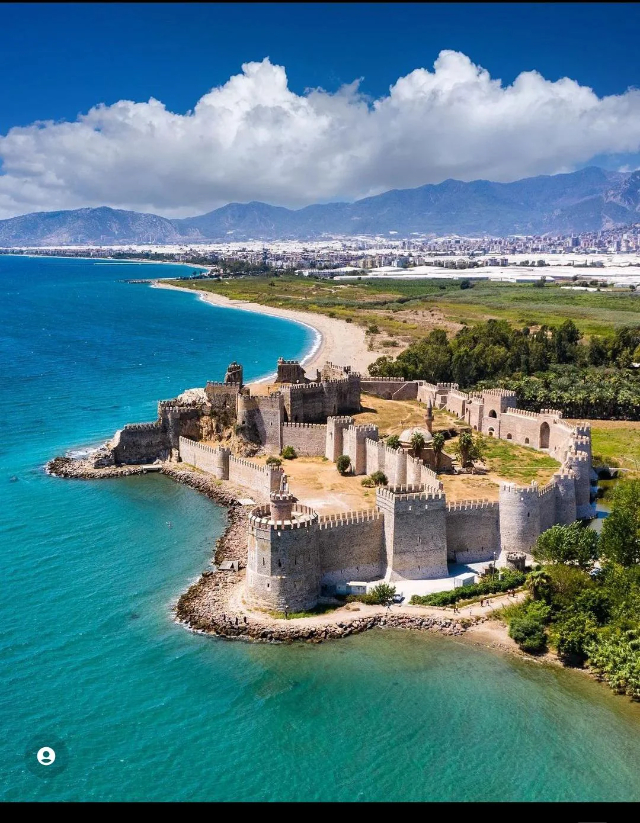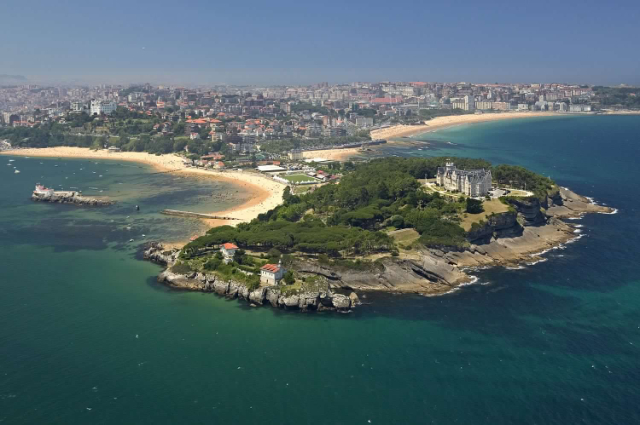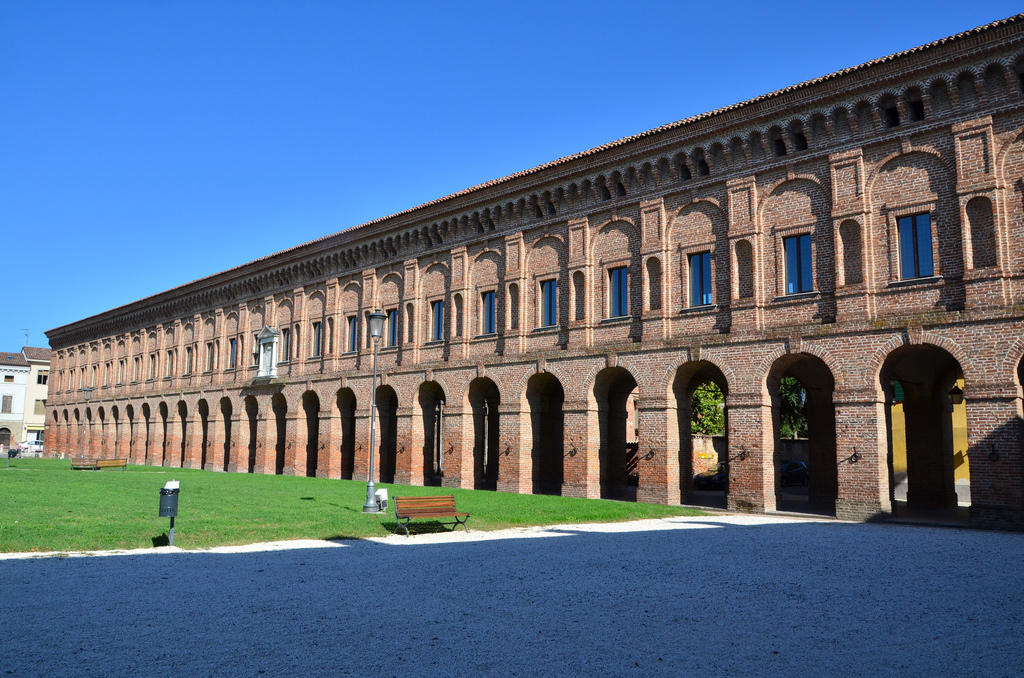Eltz Castle (Burg Eltz) is surrounded on three sides by the Elzbach River, a tributary on the north side of the Moselle. It is situated on a 70m rock spur, on an important Roman trade route between rich farmlands and their markets. It is still owned by a branch of the same family that lived there in the 12th century, 33 generations ago. The Rübenach and Rodendorf families’ homes in the castle are open to the public, while the Kempenich branch of the family uses the other third of the castle. The Palace of Bürresheim (Schloss Bürresheim), the Castle of Eltz and the Castle of Lissingen are the only castles on the left bank of the Rhine in Rhineland-Palatinate which have never been destroyed.
The main part of the castle consists of the family portions. At up to eight stories, these eight towers reach heights of between 30 and 40 meters. They are fortified with strong exterior walls; to the yard they present a partial framework. About 100 members of the owners’ families lived in the over 100 rooms of the castle. Platteltz, a Romanesque keep, is the oldest part of the castle. In 1472 the Rübenach house, built in the Late Gothic style, was completed. Remarkable are the Rübenach Lower Hall, a living room, and the Rübenach bedchamber with its opulently decorated walls. Between 1490 and 1540, the Rodendorf house was constructed, also in Late Gothic style. It contains the vaulted ‘banner-room’.
The Kempenich houses were finished about 1530. Every room of this part of the castle could be heated; in contrast, other castles might only have one or two heated rooms. From 1965 to 1992, an engraving of Eltz Castle was used on the German 500 Deutsche Mark note.
References:
Wikipedia


